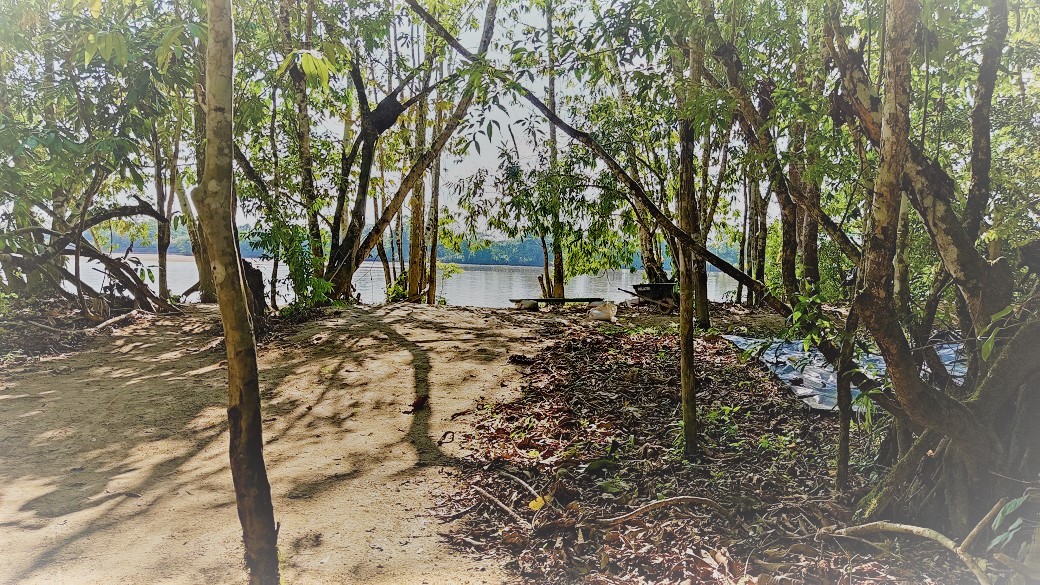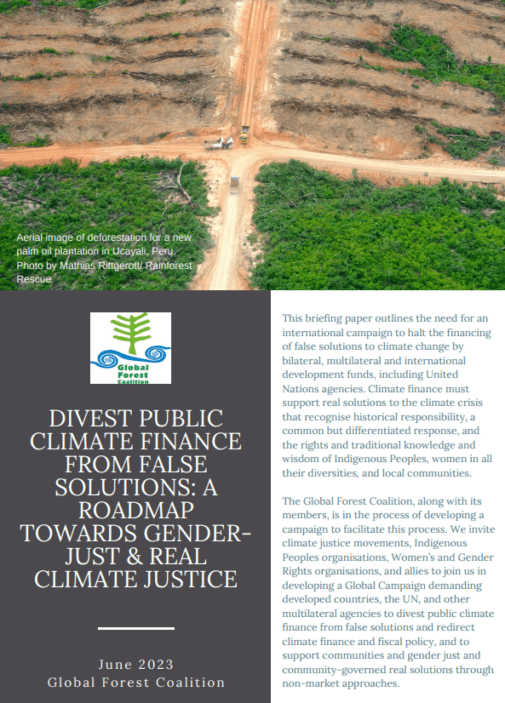Updates on REDD+ Negotiations in Bangkok
The negotiations on REDD+here in Bangkok focus on future financing mechanisms. A full-day workshop was held on Thursday, where it became very clear that few if any countries expect any significant funding to come from carbon markets until at least 2020. (See http://unfccc.int/meetings/bangkok_aug_2012/workshop/7028.php for the presentations by countries).
So most developing countries emphasized funding for REDD+ should “predominantly” come from public sources. Especially the Least Developed Countries made a strong case for public finance, and Bolivia insisted once again that it rejects carbon offset markets, and presented its proposal for a joint mitigation and adaptation mechanism instead. Brazil reiterated its opposition to REDD+ funding to be coming from carbon offsets as well, even though it is well-known they are developing a national offset market themselves. Brazil and Papua New Guinea also demanded “equal treatment” of REDD+ and strongly rejected any extra conditions (binding safeguards, requirements for co-benefits or for example guarantees that compensate non-permanence) for REDD payments from, for example, the Green Climate Fund. It is not yet decided whether REDD will actually be funded through the Green Climate Fund, and if so, whether there will be a special window for it. In the informal (closed) meetings of the working group that followed up on the workshop there was some discussion about the need to recognize and reward non-carbon benefits, but is was reported that the discussion was shut down by a number of countries who claimed that the UNFCCC was “a carbon convention” so there was no possibility to pay for non-carbon benefits. Some countries said they preferred “unbundling” the benefits, so that the carbon benefits can be sold to carbon markets, and other benefits like biodiversity could be addressed through other mechanisms.
Meanwhile, it is becoming increasingly clear that the fact that REDD+ will probably mainly be funded through public sources instead of carbon markets the coming years does not imply that it will not be market-oriented. The presentation by the US to the REDD+ finance workshop was quite telling in this respect. They presented a large number of financing tools for forest conservation, including financial instruments like bonds, debt swaps, loans and investment guarantees, that were quite telling examples of the “financialization of nature” they are promoting. In doing so, they emphasized that most of these financial instruments could be seen as either public funding mechanisms oars private funding mechanisms, as Governments like the US actually use and fund a lot of these instruments as well. That is an understatement, actually, as 97% of the world’s payments for environmental services schemes are financed through public funding, and some of these funds go to private companies and/or use financial tools like bonds. So the division between public and private funding is more and more blurred as donor countries, especially in the EU and the US, are increasingly using market-based mechanisms for forest conservation. This also implies that a possible outcome of Doha that reiterates the Durban agreement that REDD “could” be funded through either funds or markets and that it should “predominantly be funded through public sources”, would have little value for activists that are concerned about the financialization of nature.
Simone Lovera
Global Forest Coalition – Paraguay








